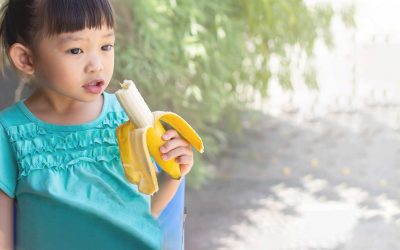What you need to know about childhood diabetes: it’s not just an adult disease.
November is Diabetes Awareness Month, which brings our attention to a disease that affects millions of Americans. Think diabetes only affects adults? The American Diabetes Association finds that 1 in 400 Americans under the age of 20 has diabetes.
So, what is diabetes? Diabetes Mellitus is a condition in which the body does not properly process food for use as energy. Most of the food we consume is turned into glucose, or sugar, for our bodies to use for energy. When you have diabetes, your body either doesn’t make enough insulin (TYPE 1 Diabetes) or can’t use its own insulin as well as it should (TYPE 2 Diabetes). This causes glucose (sugars) to build up in your blood.
How is childhood diabetes diagnosed?
Diabetes may not always present with symptoms and is often times diagnosed on screening blood tests.
Common symptoms:
- Increased urination
- Abnormally excessive thirst
- Unexplained weight loss
- Fatigue
- Some kids do not develop classic symptoms and are only diagnosed when they become ill with a complication called Diabetic Ketoacidosis (DKA).
Risk factors for childhood diabetes:
Type 1
- Family history of Type 1 Diabetes
- Family history of Autoimmune disease (i.e. Celiac Disease)
- Race/Ethnicity: Caucasian/White
Type 2
- Body Mass Index (BMI) more than 85th percentile
- Inactivity or Sedentary Lifestyle
- Family history of Type 2 Diabetes
- Race/Ethnicity: African-American, Hispanic American, Native American, Asian-American and Pacific Islander
How can you reduce your child’s risk for diabetes?
- Make it a family affair! Families that exercise together get healthier together. Aim for 30-60 minutes a day of Cardiovascular exercise. Here are a few examples: Brisk Walking, Dancing, Jumping Rope, Swimming
- Eliminate packaged, processed snacks from your pantry; if it’s not in the house, your family won’t eat it.
- Liquids consumed should be water and milk (ask your Doctor about age appropriate portion sizes)
- Fruit juices and sugary drinks should be eliminated. Unless doing cardiovascular activity beyond an hour, athletes do not need to “replenish” with sports drinks such as Gatorade. Plain water offers the hydration that they need.
- Take advantage of local healthy eating or cooking classes – many communities offer them for free or minimal charge to you.










